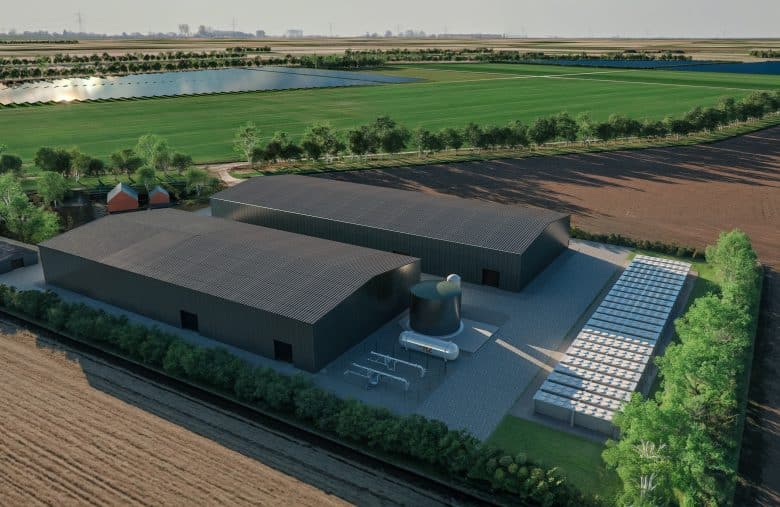Industry studies prove the feasibility and environmental impact of green hydrogen
Dutch industry intends to use green hydrogen to improve its sustainability, as the latter can make chemical and industrial processes clean and circular. GroenvermogenNL’s scaling-up programme uses schemes to kickstart new and existing hydrogen projects. For instance, we help industry test the efficacy of innovations and accelerate the large scale, cost efficient application of green hydrogen.
TSE Industriestudies
One of the schemes we support is TSE Industriestudies by the Topsector Energie [Energy Innovation NL]. This subsidy helps industrial enterprises independently or collectively carry out research. Their studies focus on specific hydrogen applications aimed at the low cost reduction of their processes’ CO2 emissions. Is the innovation or finalised technology feasible for them? Which environmental investments are required to achieve this? The studies lay the groundwork for innovation and scaling-up projects.
10 grantees
With a total budget of some € 10 million, TSE Industriestudies’ second round of subsidy granting was open until 31 March 2026. During the first round, GroenvermogenNL selected 10 grantees. We will highlight a few of these below.
H2XP Leidingstraat: generating green hydrogen in rural areas
H2XP, an EnergieXP and Klimaatfonds Nederland joint venture studied whether a green hydrogen electrolyser could be set up in the Rilland/Woensdrecht energy landscape in the province of Zeeland. Could an electrolyser help prevent grid congestion and free up capacity for new generation initiatives? The study was not only positive about the options, but also indicated the best location for the hydrogen electrolyser: the Leidingstraat. Residual heat could then, for instance, be utilised in the adjacent greenhouse cultivation area and the green hydrogen generated can be distributed to the surrounding industrial clusters of Vlissingen, Moerdijk and Antwerp using the national hydrogen distribution network.

SOON: producing ammonia using sustainable hydrogen
OCI Nitrogen produces nitrogen containing fertilisers and chemicals, among other products. Its parent company OCI wishes to transition to hydrogen from renewable sources. OCI Nitrogen’s SOON project studies the technical feasibility and the business case for the production of sustainable ammonia from hydrogen. The study will also reveal what the expected reduction in greenhouse gas emissions and other environmental effects are.
Liquid hydrogen bearers: innovative reactor for making the former hydrogen free
Liquid organic hydrogen bearers enable the safe, cost effective long-distance maritime transport of renewable hydrogen. Catalyzer has developed a reactor for making these hydrogen free. This project constitutes a preliminary study for the construction of a pilot facility. What are the technical and economic pre-requisites for this?
HyDeer: protecting the environment and making energy networks more flexible
The Provincial Government of Flevoland has a grid congestion issue. Circul8 wants to tackle this problem by converting part of the electricity production and curtailment (the limiting of the provision of solar energy) into green hydrogen. This could be accomplished using the HyDeer 105 Mwe electrolyser. The environmental impact study aims to provide insight into the technical and financial design options for this electrolyser combined with a number of innovations.
H2 up to speed: electrolyser feasibility
H2 Drive wants to produce green hydrogen in the province of Drenthe using regional renewables. The objective is to contribute to solving grid congestion in the region and to building a hydrogen tanking station. The company is performing a technical, organisational, commercial, societal, legal, economic and ecological feasibility study.




